
Transform Your Dining Experience: The Timeless Appeal of Solid Wood Tables in Modern Homes
In today's rapidly evolving interior design landscape, solid wood tables have emerged as a cornerstone in creating inviting and functional dining spaces. According to a recent report by the American Home Furnishings Alliance, the demand for solid wood furniture has seen a significant increase, with 70% of consumers prioritizing durability and sustainability in their purchasing decisions. This trend reflects a broader shift towards eco-friendly materials, as solid wood tables not only offer timeless elegance but also boast long-lasting quality, appealing to modern homeowners who value both aesthetics and functionality.
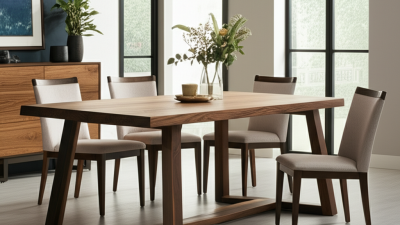
The versatility of solid wood tables allows them to seamlessly blend into a variety of design styles, making them an essential element in contemporary dining rooms. As families gather around these pieces, they become a focal point for connection and memories, highlighting the enduring charm and practicality of solid wood in today's homes.
Understanding the Benefits of Solid Wood Tables for Modern Dining Spaces
Solid wood tables have become increasingly popular in modern dining spaces due to their durability and timeless aesthetic. According to a report by the American Hardwood Information Center, solid wood furniture can last for generations, making it a wise investment for homeowners. This longevity not only justifies the initial costs but also aligns with current sustainability trends as more individuals seek durable, environmentally-friendly products. The natural beauty of wood adds warmth and character to any dining area, while also being versatile enough to fit various design styles, from rustic to contemporary.
When choosing a solid wood table, consider the type of wood that best suits your lifestyle. Hardwoods like oak and maple are known for their resilience, while softer woods like pine offer a more casual appeal. **Tip:** To maintain the beauty of your solid wood table, regularly clean it with a damp cloth and avoid using harsh chemicals.
Another essential factor is the finish. A protective finish can enhance the wood's appearance and safeguard it from scratches and spills. **Tip:** Opt for a finish that is easy to maintain, such as polyurethane, which can help sustain the table's longevity while keeping it looking fresh. Through careful selection and maintenance, solid wood tables can transform your dining experience and elevate the aesthetics of your home.
Transform Your Dining Experience: The Benefits of Solid Wood Tables
Choosing the Right Type of Wood: A Guide to Popular Varieties for Tables
When it comes to choosing the perfect solid wood table for your modern dining experience, understanding the different types of wood available is essential. Oak, for instance, is one of the most popular choices due to its durability and distinctive grain patterns. Known for its strength, oak tables can withstand the rigors of daily use while adding a timeless elegance to your space. Its natural ability to resist moisture makes it an excellent option for dining environments.
Another noteworthy variety is walnut, celebrated for its rich, warm tones and beautiful dark hue. Walnut tables exude sophistication and are often the focal point in contemporary interiors. Additionally, maple is favored for its lighter appearance and smooth texture, making it suitable for minimalist designs. Each wood type offers unique characteristics, allowing homeowners to select a table that perfectly aligns with their style and functional needs while enhancing the overall aesthetics of the home.
Sustainable Sourcing: The Environmental Impact of Solid Wood Furniture
The trend towards solid wood furniture in modern homes is not merely a design choice but also a significant step towards sustainability. According to a report by the Forest Stewardship Council (FSC), sustainable forestry practices can ensure that the wood used for furniture is sourced without depleting natural forests. In fact, FSC-certified wood is harvested from responsibly managed forests that provide environmental, social, and economic benefits. This practice promotes biodiversity and mitigates climate change by maintaining healthy forests that sequester carbon.
Moreover, the integration of solid wood furniture into homes contributes to a longer product lifecycle, reducing the frequency of replacements that often come with cheaper, synthetic alternatives. The National Association of Home Builders reports that wood products typically have a lifespan of over 100 years, making them a wise investment for longevity and durability. By choosing solid wood tables, homeowners not only elevate their dining experience but also support sustainable sourcing practices that protect our planet.
Maintaining Your Solid Wood Table: Care Tips for Longevity and Aesthetics
When investing in a solid wood table, proper care is essential to ensure its longevity and maintain its timeless aesthetics. According to the American Hardwood Information Center, solid wood furniture can last for generations if maintained correctly. Regular cleaning is the first step; using a soft, damp cloth and a mild detergent helps prevent the buildup of dust and grime, which can dull the finish over time. Furthermore, applying a good quality wood conditioner every six months can protect the surface from drying out and cracking, significantly extending the life of your table.
Temperature and humidity also play crucial roles in maintaining solid wood tables. A study by the Wood Furniture Manufacturers Association indicates that fluctuations in humidity can cause wood to expand and contract, leading to warping or cracking. It's advisable to keep wood furniture in a climate-controlled environment to minimize these risks. Additionally, placing coasters under drinks and using placemats during meals not only protects the surface from heat and moisture but also adds layers of style to your dining experience. Following these care tips will not only enhance the durability of your solid wood table but also preserve its natural beauty for years to come.
Transform Your Dining Experience: The Timeless Appeal of Solid Wood Tables in Modern Homes
| Feature | Description | Care Tips | Longevity Impact |
|---|---|---|---|
| Durability | Solid wood tables are sturdy and long-lasting. | Regularly apply wood polish to maintain finish. | Enhances lifespan by preventing wear and tear. |
| Aesthetic Appeal | Adds a natural and warm look to any dining room. | Use coasters to prevent water rings and stains. | Maintains beauty and charm, increasing value over time. |
| Versatility | Available in various styles, sizes, and finishes. | Wipe spills immediately to prevent damage. | Prevents irreversible damage that hinders usage. |
| Sustainability | Eco-friendly choice when sourced from responsible dealers. | Ensure proper humidity levels to avoid warping. | Prolongs lifecycle by maintaining structural integrity. |
Design Trends: How Solid Wood Tables Complement Modern Interior Styles
Solid wood tables have emerged as a staple in modern interior design, seamlessly blending organic beauty with contemporary style. Their natural grains and rich textures bring warmth to sleek, minimalist spaces, making them an ideal choice for dining areas. Designers increasingly favor solid wood for its versatility; it can effortlessly complement various aesthetics, from Scandinavian simplicity to industrial chic. The unique characteristics of each piece ensure that no two tables are alike, providing a personal touch that enhances the overall decor while offering a focal point in the room.
Current design trends emphasize sustainability and craftsmanship, making solid wood tables even more appealing. As homeowners become more eco-conscious, the demand for responsibly sourced materials has risen, and solid wood checks all the boxes. Additionally, these tables can be paired with modern finishes and innovative chair designs, creating a dialogue between tradition and contemporary flair. Whether accented with bold colors or left in their natural state, solid wood tables serve as a bridge that connects the past with the present, enriching the dining experience in today's homes.
Related Posts
-

How to Choose the Perfect Solid Wood Dining Room Table for Your Space
-
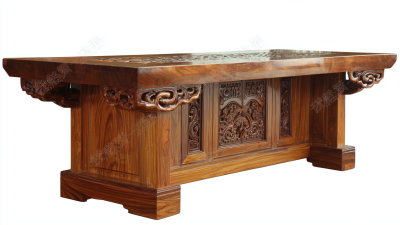
Unparalleled Craftsmanship of Chinese Solid Wood Sofa Tables for Global Markets
-
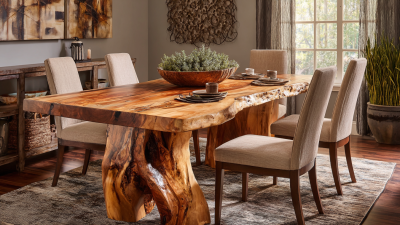
2025 Trends in Best Real Wood Dining Tables You Need to Know About
-
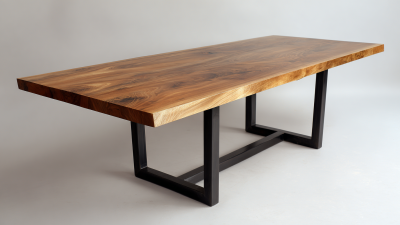
Global Sourcing of Premium Wooden Dining Tables Unmatched Quality from China's Leading Manufacturers
-
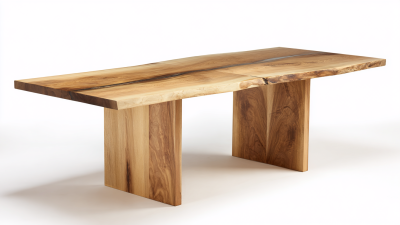
Advantages of Choosing the Best Wooden Dining Tables for Your Home
-

Ultimate Checklist for Choosing Solid Wood Dining Tables: 10 Key Factors to Consider